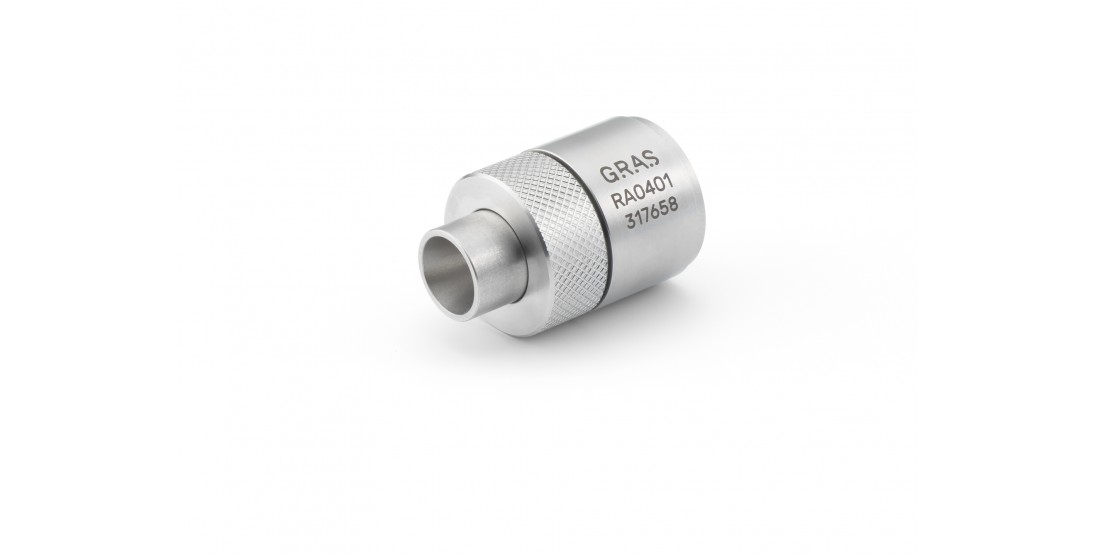I was just about to respond to @ADU by referencing the same studies and the same argument.
Well at least you're both on the same page.
I raised what I felt were some reasonable questions about the assumption that trained listeners are more discriminating than untrained listeners, based on the first study that GaryH posted on this. And rather than addressing any of those questions I was given a new set of graphs from another unidentified study that showed something different...
So be it... What I see in the graphs from this new study, with considerably more untrained listeners than trained listeners, is that the relatively small group of trained listeners are more consistent in their opinions and preferences than the much larger group of untrained listeners... Which is what I've said from the very beginning of this conversation.
I'm still waiting though for someone to actually define or articulate (without throwing another graph at me) what "more discriminating" actually means in this context... Dr. Olive seemed to be starting to do that in his post. But somehow his reply got cut off in mid-sentence...
Trained listeners have been shown to be more discriminating and consistent in rating loudspeakers and headphones. The How to Listen is useful in training them to identify
("identify" is where his comment seemed to end)
This is probably neither here nor there, but perhaps if the above sampling of trained listeners was also larger it would also show more inconsistencies as well, like the much bigger untrained group. (?)
Last edited:




